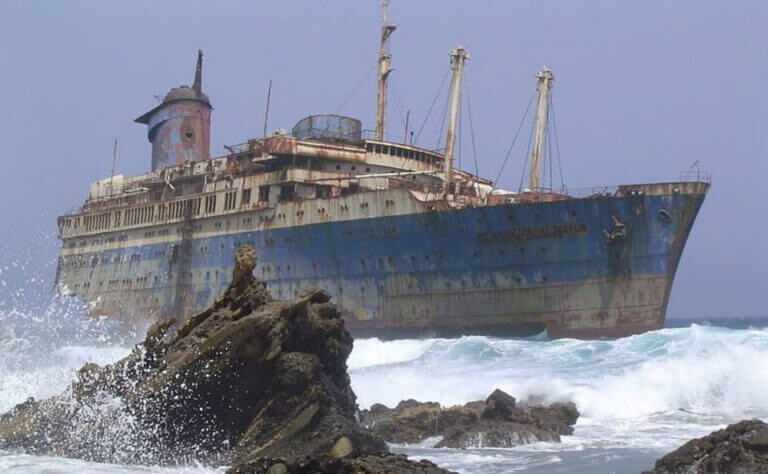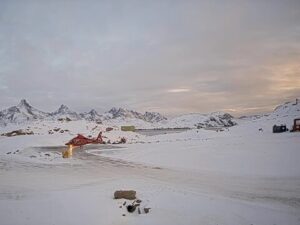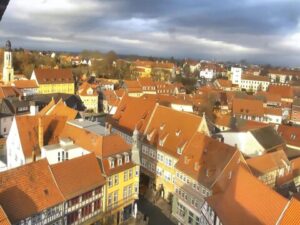7 Most Amazing Then and Now Photos
Ever wondered how places used to look before modern-day technology? Watch these amazing then and now photos to see how much they’ve changed!
Miranda Castle
Château Miranda, also known as Château de Noisy, is a 19th-century neo-Gothic castle. The castle located in Celles, a municipality in the province of Namur, in the Walloon Region of Belgium. The castle dates back to 1866 and was built by an English architect named Edward Milner. Initially, it was intended as a summer home for a wealthy family. The castle is made of red bricks and features many chimneys, turrets, and towers. During World War II, the castle was used as an orphanage and a youth hostel.
Later, the castle was bought by a French businessman and was used as a holiday camp for children. In the 1960’s the castle was used as a location for film shoots for more than 30 years until it was abandoned in the early 1990’s. Today, the castle remains abandoned and is considered a derelict building. It has become a popular destination for urban explorers, photographers, and tourists. Due to the significant amount of asbestos and other hazardous materials, it is unsafe to visit the castle.
Then: 1888
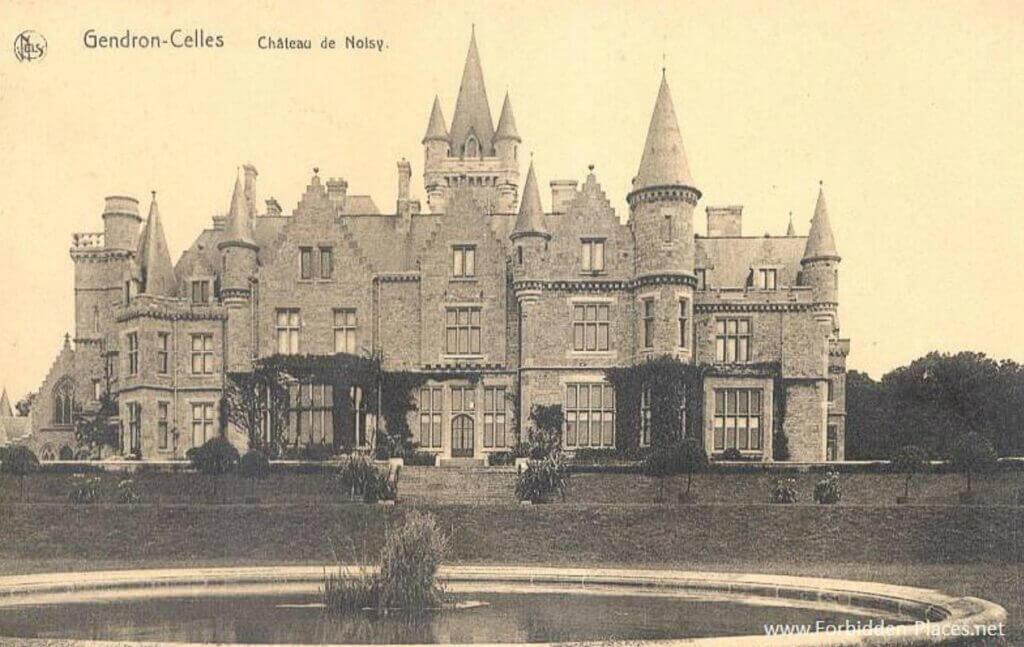
Now: 2016
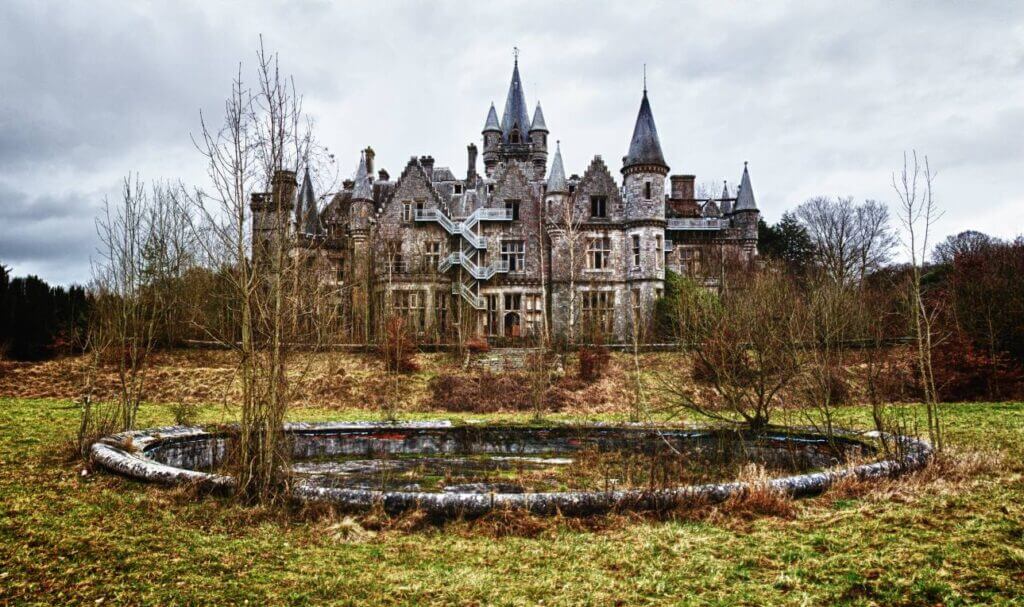
Warsaw Old Town
Warsaw’s Old Town is the oldest part of Poland‘s capital city, dating back to the 13th century. It was initially surrounded by a set of walls and a moat. It was the heart of the city’s political and commercial life. The Old Town was heavily damaged during World War II and was almost entirely rebuilt during the post-war years.
The rebuilding effort was so successful that the Old Town was declared a UNESCO World Heritage Site in 1980. It features a mix of architectural styles, including Gothic, Renaissance, and Baroque, as well as several landmarks, such as the Royal Castle, St. John’s Cathedral, and the Old Town Market Place.
Then: 1945
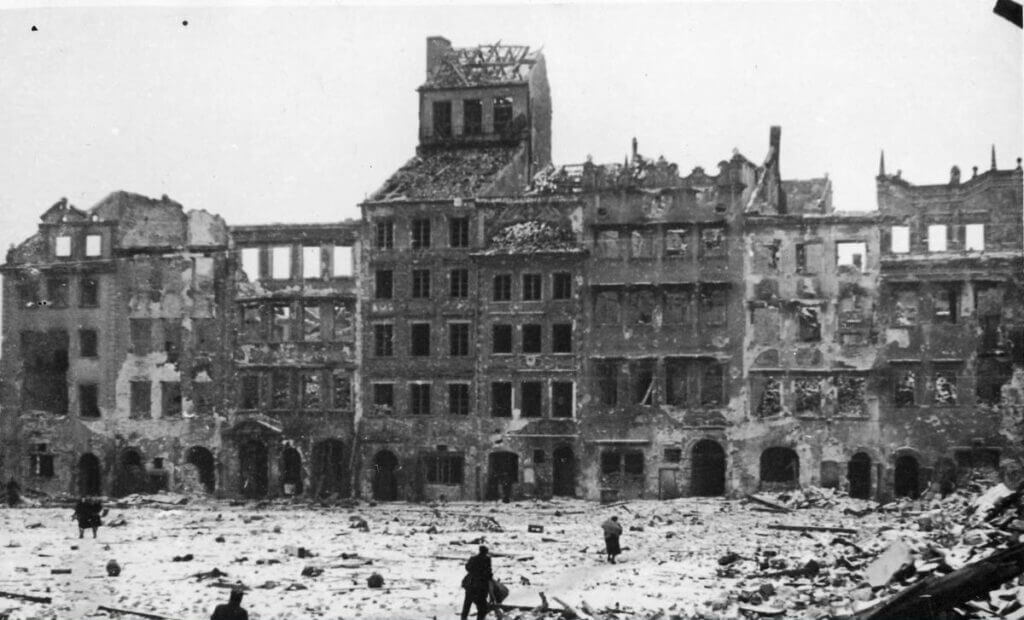
Now: 2014
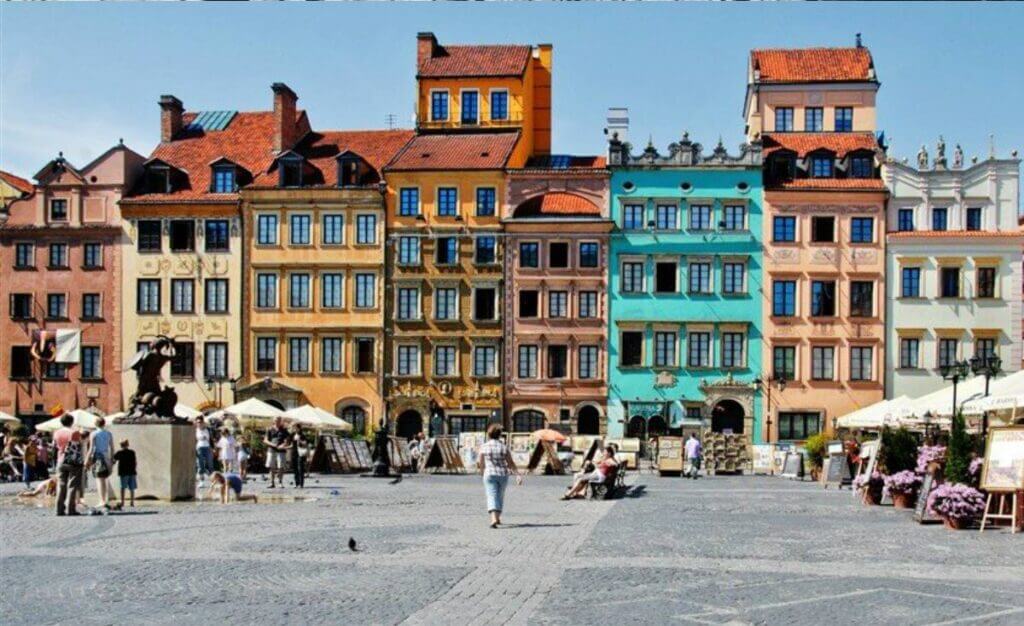
New York City Hall Station
New York City Hall station is a subway station located in lower Manhattan, New York City, USA. The IRT Lexington Avenue Line serves the station, which is also known as the 4 and 5 trains. The station was initially opened in 1904 and was the southern terminal for the original subway line in New York City. The station is notable for its architectural and historical significance. It features beautiful tilework, brass chandeliers, skylights, and a large stained glass window that depicts the city’s coat of arms.
The City Hall station was designed to showcase the beauty and grandeur of the new subway system, and it was intended to be a showpiece for the city. However, due to the curvature of the tracks, the trains could not safely travel at high speeds through the station. As a result, the station’s use was discontinued in 1945.
Today, it is only open for official tours and not accessible to the general public. Despite being closed to the public, the station is considered a hidden gem of the subway system. It is known for its ornate architectural details. The New York Transit Museum frequently offers tours of the station, a popular opportunity to see the beauty of this closed station.
Then: 1902
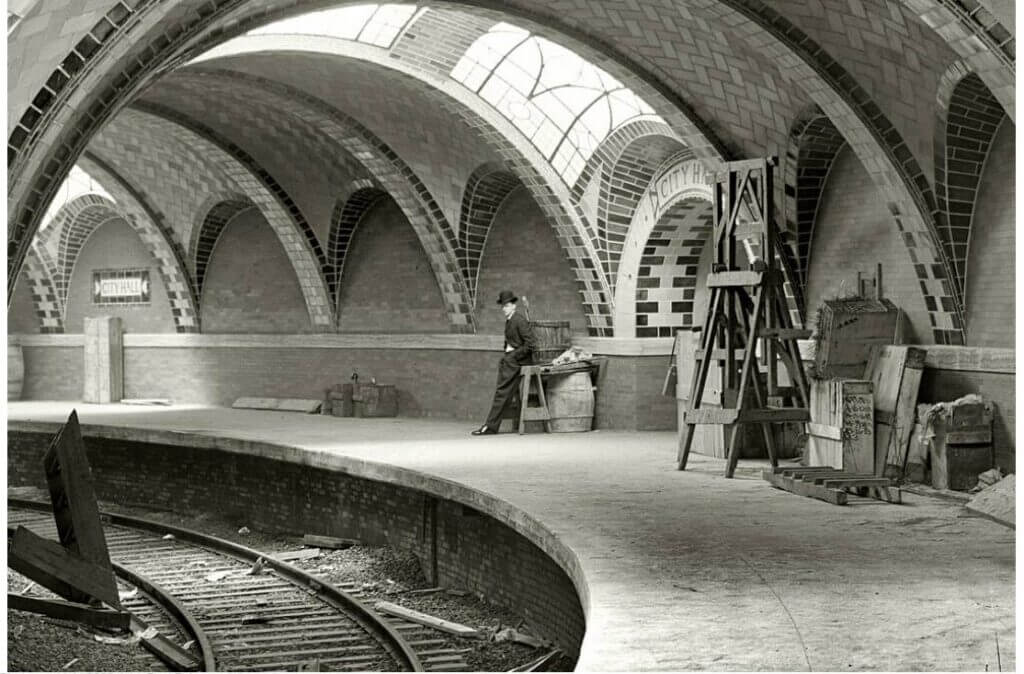
Now: 2015
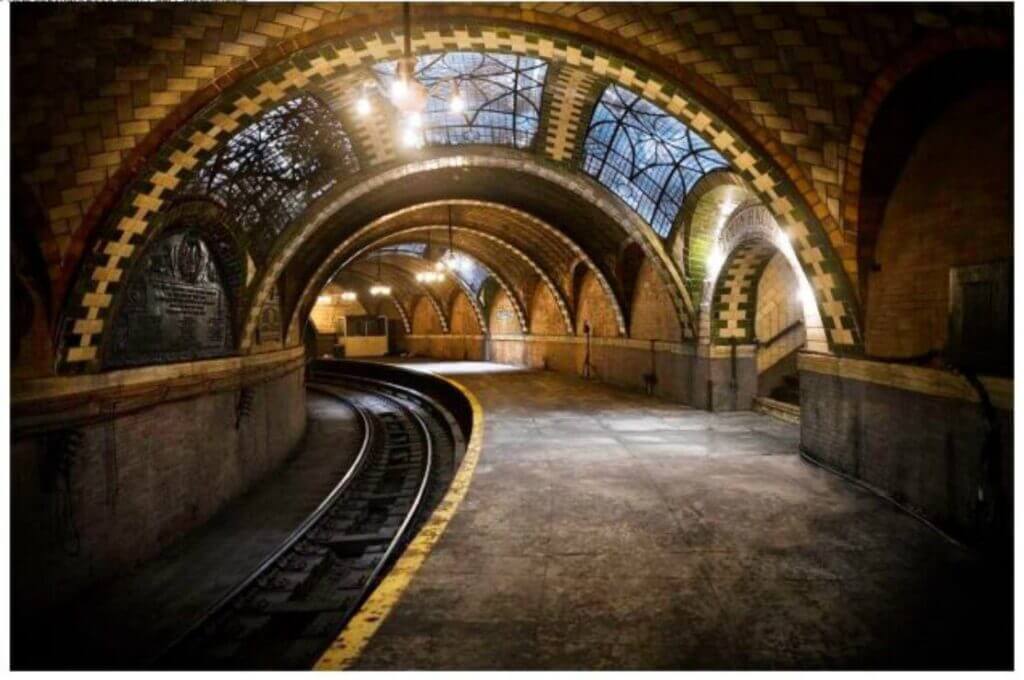
Queen Victoria Building, Sydney, Australia
The Queen Victoria Building (QVB) is a heritage-listed late-nineteenth-century building in Sydney, Australia. The architect George McRae designed the building between 1893 and 1898, during the reign of Queen Victoria, for whom the building is named. The QVB is located in the heart of the city’s central business district, on the corner of George Street and Market Street. The QVB is an example of the “American Romanesque” style of architecture. It is noted for its grandeur and intricate details. The building is adorned with ornate architectural features such as marble floors, stained glass windows, a grand central dome, and an ornate central staircase.
The QVB was initially built as a market and shopping center. Still, over the years, it has been used for various purposes, including as government offices and a library. In the 1980s, the building was renovated, restored to its original Victorian splendor, and converted into a shopping center. Today, the QVB is a popular tourist destination and a shopping center, home to over 180 specialty stores, including fashion, jewellery, and homewares. It also features many cafes and restaurants and a beautiful rooftop terrace that offers panoramic views of the city. The building is also known for its events and cultural programs offered throughout the year. The QVB is listed on the Register of the National Estate. It is one of Sydney’s most important heritage buildings, drawing in both locals and visitors alike.
Then: January 22, 1920
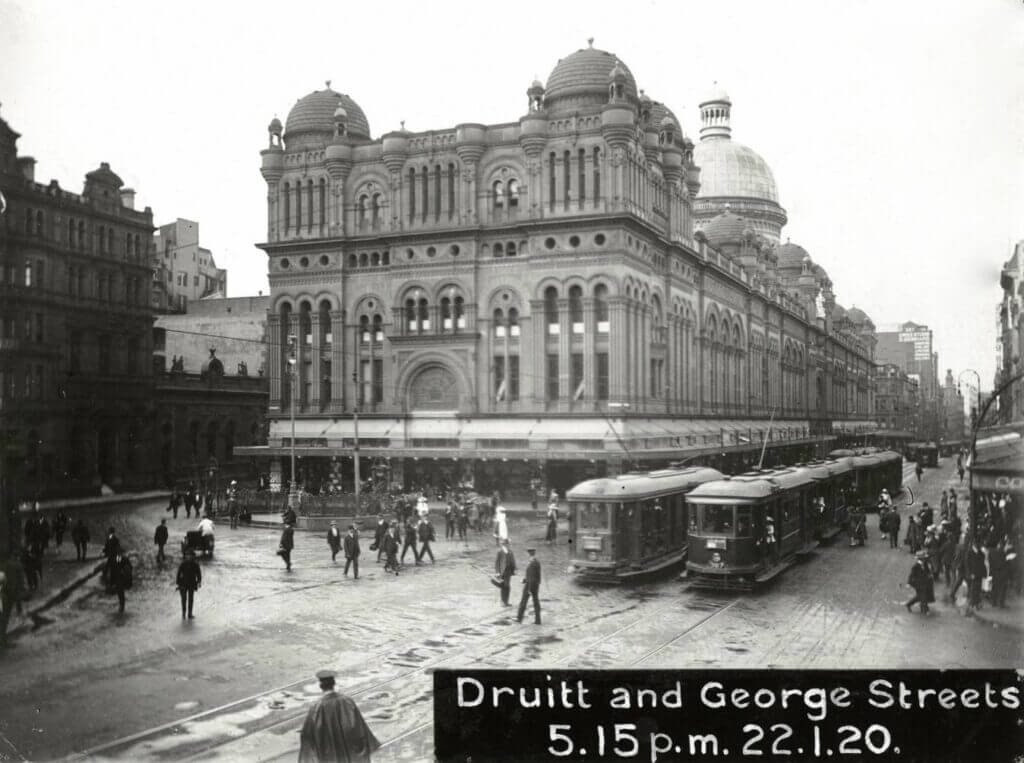
Now: 2017
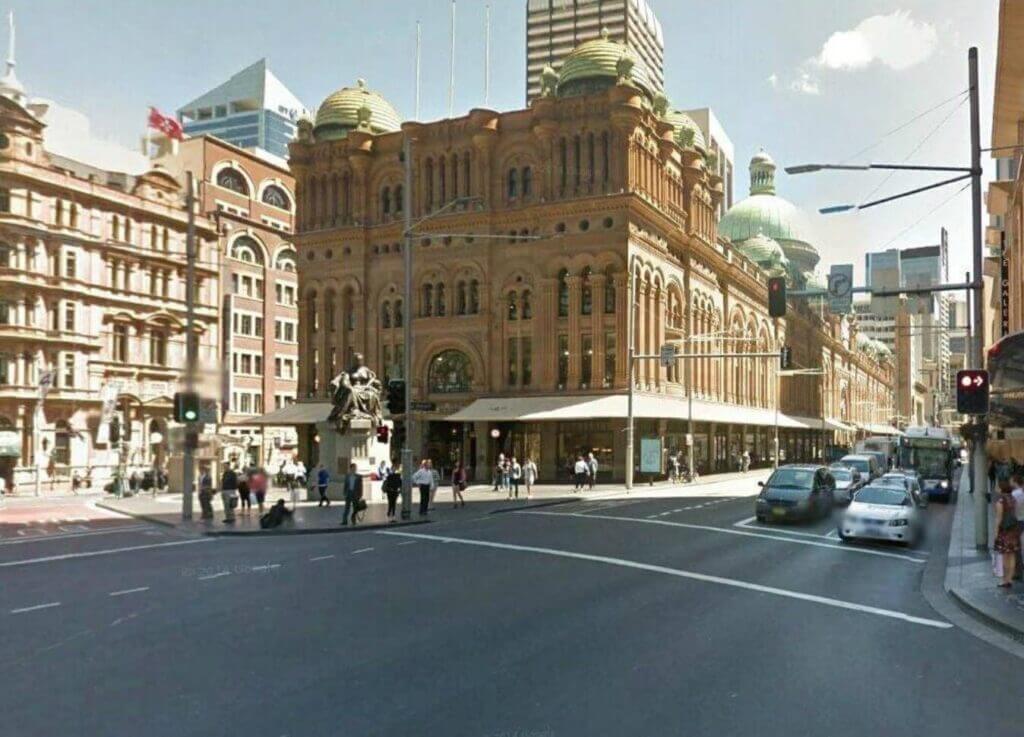
Westminster Bridge, London, UK
Westminster Bridge is a road bridge that spans the River Thames in London, United Kingdom, connecting the districts of Lambeth and Westminster. The current bridge, the seventh to be built on site, was completed in 1862 and is made of cast iron. The first bridge on the site, a wooden footbridge, was built in the early 1750s. It was replaced by a new wooden bridge in 1757, which was replaced by a stone bridge in 1817.
This bridge was designed by the architect John Rennie, and it was the first bridge over the Thames to be built of stone. The bridge became a busy thoroughfare and was widened in 1862 with the construction of the current bridge. Westminster Bridge has played an essential role in the history of London. In the 19th century, it was a popular spot for painters and artists, who were drawn to the bridge’s views of the Houses of Parliament and Big Ben. It was also a popular spot for suicide jumpers, and in the 20th century, several suicide prevention barriers were installed. During World War II, the bridge was heavily damaged by bombing. It was repaired and reopened to traffic in 1945.
In the 21st century, it has undergone extensive renovation, improving safety and accessibility and making it suitable for the rising number of tourists visiting London. Westminster Bridge is now considered an iconic part of London’s skyline and a visitor must-see destination. It offers a beautiful view of famous London landmarks like the Houses of Parliament and the London Eye. Many people enjoy walking or biking across the bridge to take in the sights and sounds of the Thames.
Then: 1896
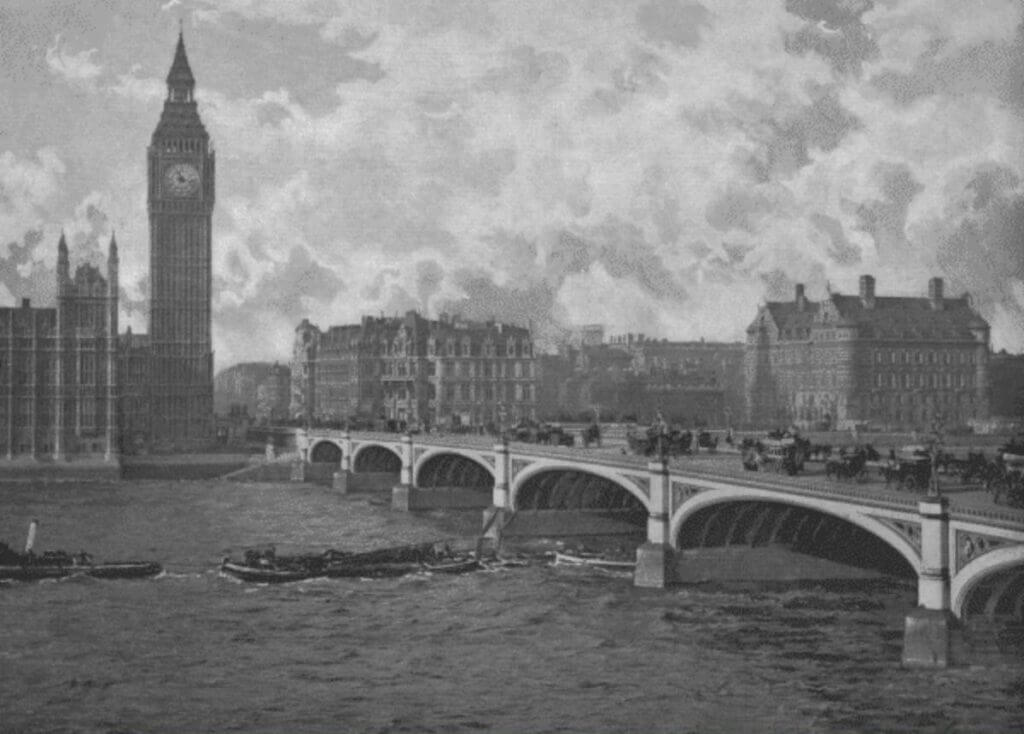
Now: 2015
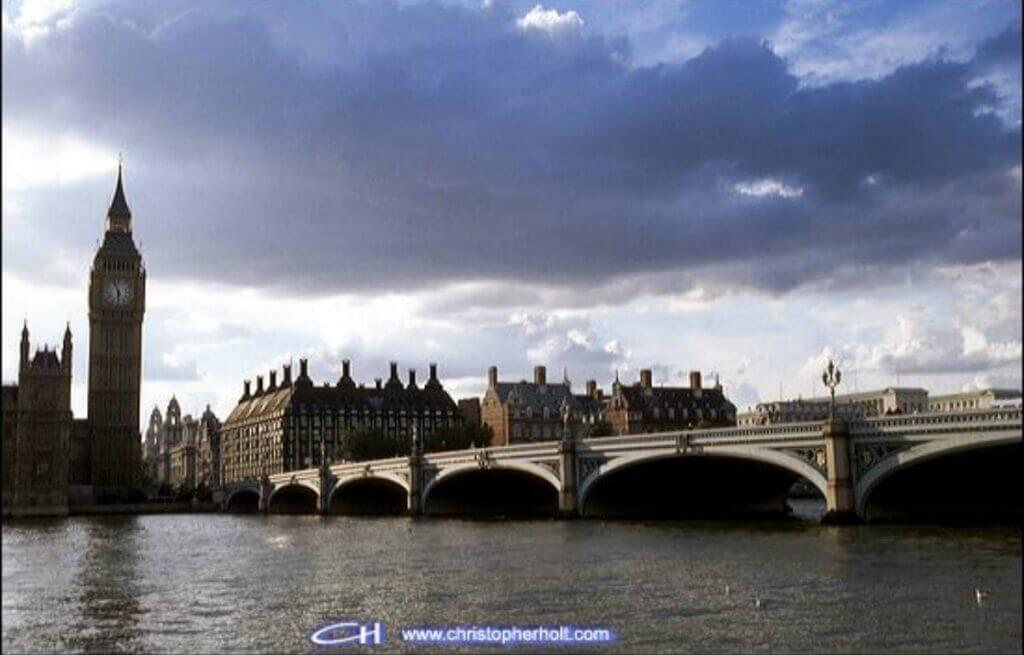
The Reichstag, Berlin, Germany
The Reichstag building is a historic building in Berlin, Germany, completed in 1894. It was designed by the architect Paul Wallot. It featured a large glass dome on top of the building, which was intended to symbolize transparency and accountability in the government. The Reichstag served as the seat of the German parliament until 1933, it was severely damaged by a fire that blamed the Communist Party. Later, it was used as a pretext for the Nazis to seize power.
After World War II, the building was left in ruins and rebuilt in the 1990s, after the Berlin Wall’s fall and Germany’s reunification. The architect Sir Norman Foster was chosen to lead the reconstruction of the Reichstag. His design included a new glass dome intended to symbolize the transparency and openness of the reunified Germany’s democratic government. The building was officially reopened in 1999 and once again became the meeting place of the German parliament, the Bundestag. The Reichstag building has become a symbol of German democracy. It has a significant role as a political and architectural landmark. It also has a rooftop terrace with a view over Berlin city, which is a popular tourist spot.
Then: 1945
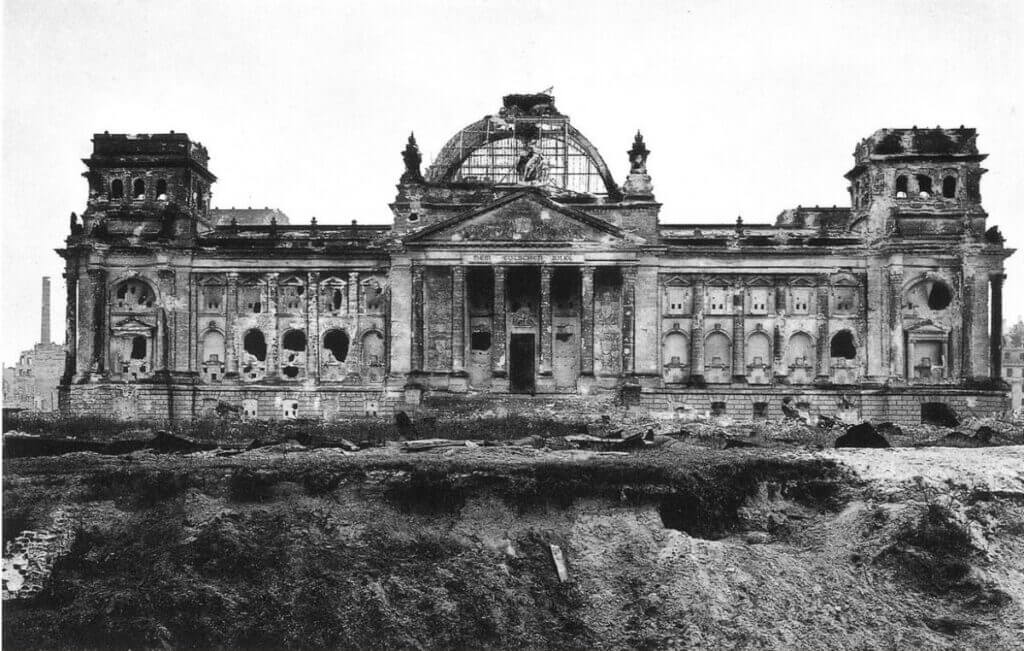
Now: 2017
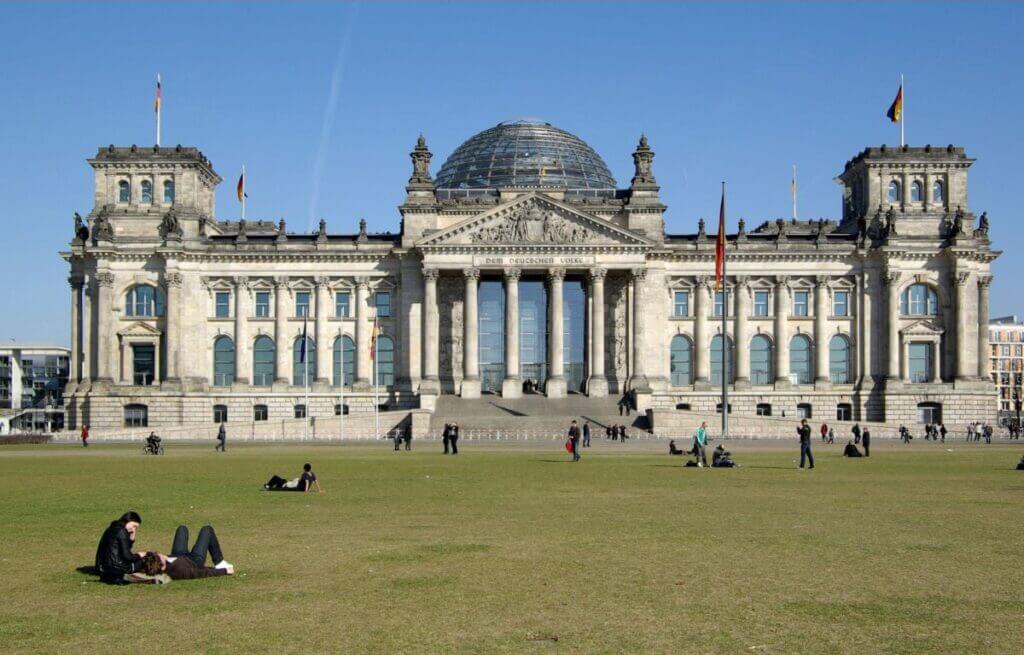
SS America Ocean Liner
The SS America was built initially for the transatlantic passenger trade as an ocean liner in the United States in 1940. It was operated by United States Lines. The ship was designed to accommodate approximately 1,200 passengers and 900 crew members. During WWII, it served as a ship USS West Point (AP-23) troop ship and made over 20 trips across the Atlantic. After the war, it returned to commercial use and cruised between New York and Europe until 1964.
After several ownership changes, the ship was sold for scrap in 1993. The ship was towed to Algeciras, Spain, for scrapping, but due to financial issues and fire, it was beached and abandoned at the port. The SS America was notable for its luxurious accommodations, art-deco interior design, and reputation as a “floating palace”.
Then: March 1, 1954
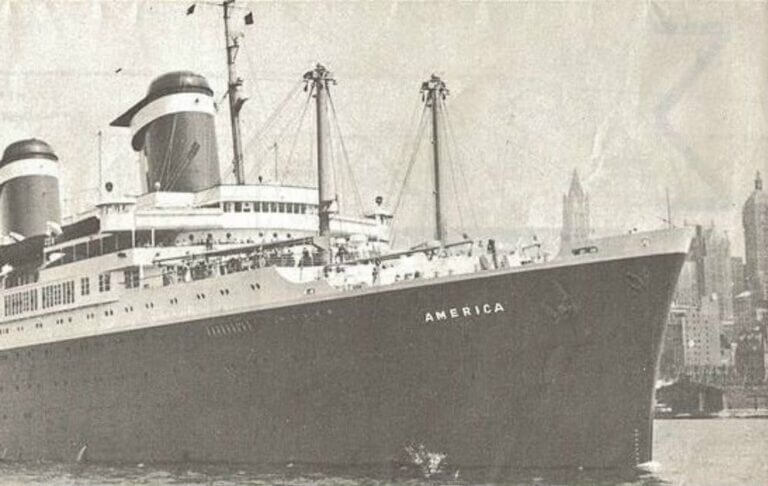
Now: July 2014
